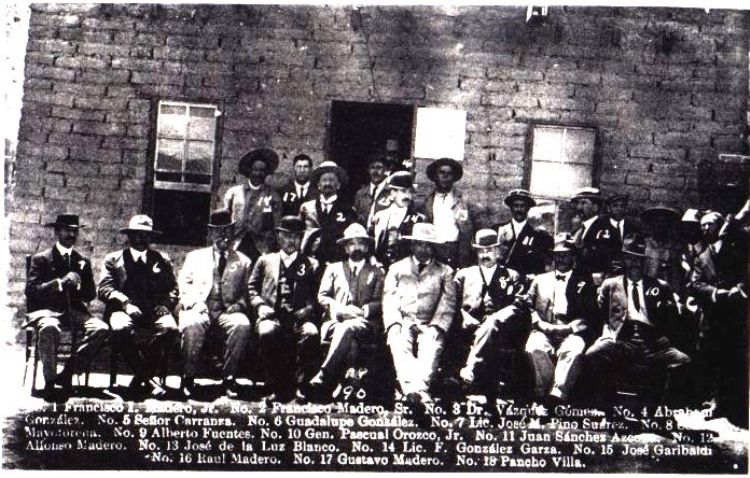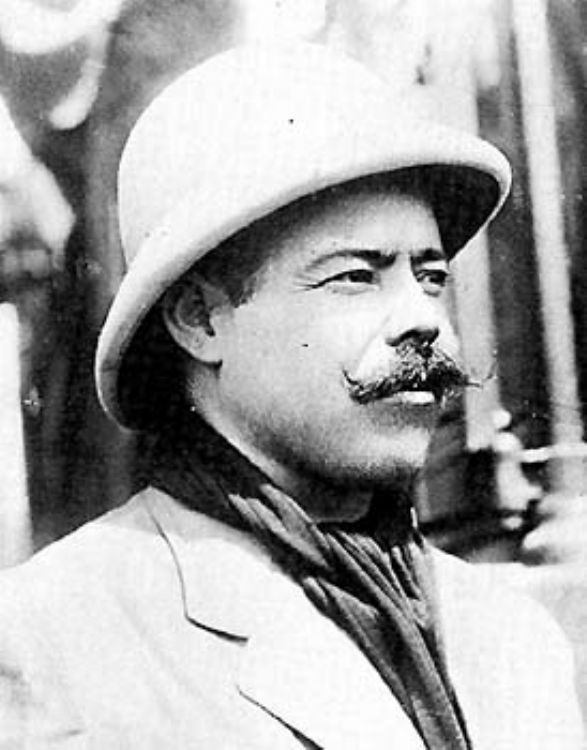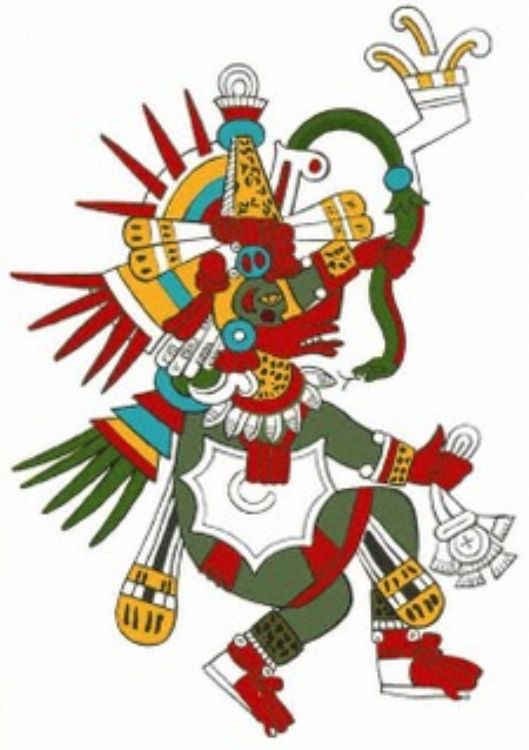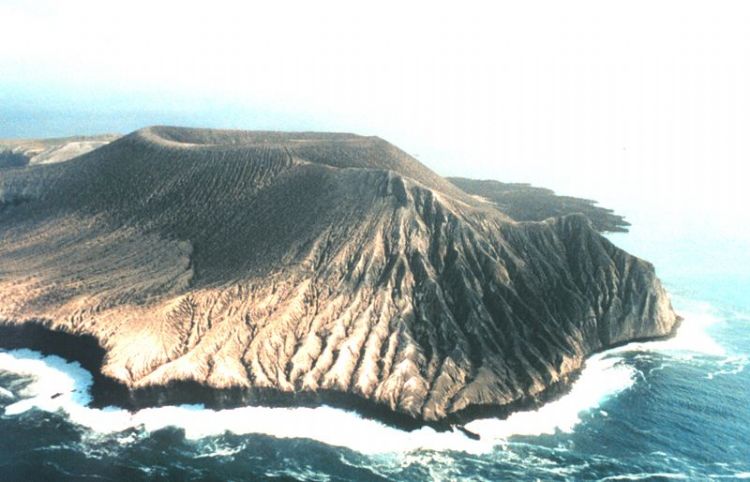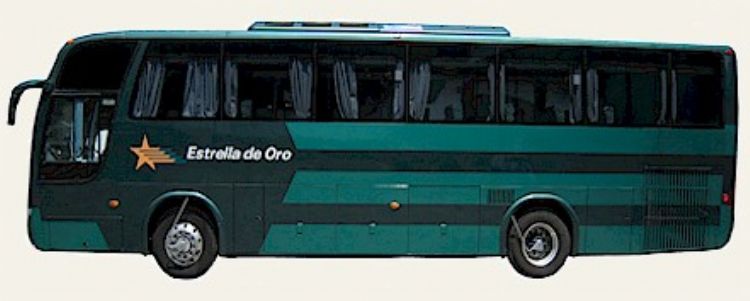The Best Museums in Mexico
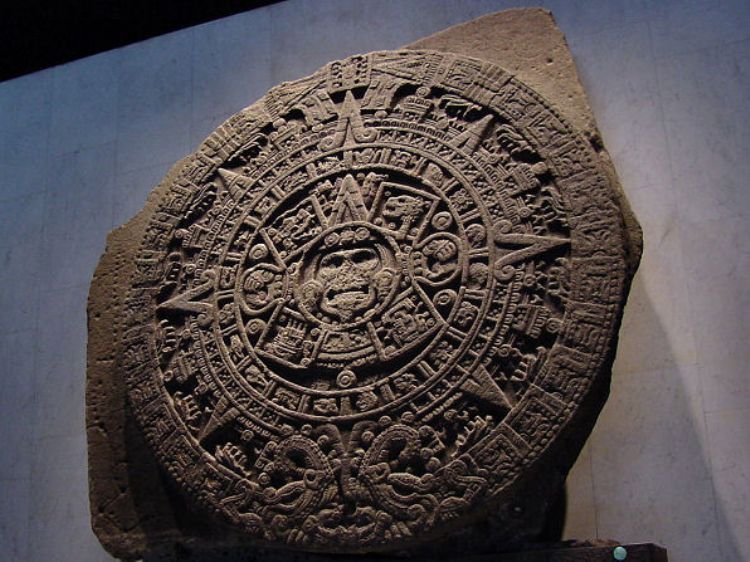
Mexico is a country with a great cultural dynamic, a vastness of proposals regarding spaces for exhibits. Official cultural authorities as well as artists and curators have worked on maintaining the museum tradition alive by rescuing the wealth of creators from diverse cultures.
Simultaneously, Mexican architecture, a mix from prehispanic culture and the colonial world, offers spaces available for exhibits of colonial, prehispanic and modern art, among hundreds of proposals.
An example is the Antiguo Colegio de San Idelfonso, located downtown, in Justo Sierra Street 16, a few steps away from the Zócalo. The building belongs to the school founded by the Jesuit order during the XVI century, which later received, by the royal decree of king Felipe III, the name of Real and Más Antiguo Colegio de San Idelfonso.
When the order had political and ideological problems with King Carlos III and they were expulsed from the Spanish colonies, Military and Administration activities were carried out in it, as well as teaching, particularly by the School of Jurisprudence and Medicine. This history also served as a frame for hosting the new positivist ideas coming from the European continent, gaving an impulse to education in Mexico, creating the National High School directed by the notable professor Mr. Gabino Barreda.
Having served for the promotion of liberal ideas, and with a new century, in 1910 the building continued being an educational center, this time for the National University, until 1971 when it was no longer used for teaching. It was a hard time for society and students, there was a long wait before it could reopen.
In 1992 it was prepared for showing a great exhibit, one of the most successful and representative of the countryâs art and history: âEsplendores de 30 siglosâ.
Museo Nacional del Virreinato
As stated by its name, the compound hosts an important collection of colonial art. It is in Tepozotlán, Estado de Mexico, on Plaza Hidalgo #99. It is the former Colegio de San Fracisco Javier, which like other important spaces was once the house of the Society of Jesus, which arrived to New Spain in 1572. Outstanding among its activities are evangelization and education of the indigenous people, but also, formation in the Novitiate, which this school was dedicated to.
From 1767 to 1773 the School didnât function due to the departure of the order from Spanish Colonies, in 1774 it formally became the Colegio Seminario del Arzobispado. Up until the XX century, it served for religious purposes, and in 1933 by the right to nationalization conferred by the Constitution to the federation, it became controlled by the State and in 1964 it established its current use.
Museo Franz Mayer
The Franz Mayer Museum wasnât a cultural space at first; it was formerly used for medical assistance. However, it was restored and architecturally adapted. Franz Mayer was passionate about Mexican art, individually collecting the works exhibited in the museum. Because of its importance, the collection was bequeathed to the Mexican people, constituting a trust with Banco de Mexico. Its main goal was to establish and maintain an art museum in Mexico City with the initial contribution of seventy seven paintings. Also contributing to the placeâs wealth is the Rogelio Casas library, which has a very important archive, which the same as the art works, maintains within the publicâs reach documents and books of extraordinary historical-cultural value.
The museumâs life is never ending; offering conferences, workshops and events for the promotion of art and culture. It has six permanent exhibition halls and one cloister, sites safeguarding various modern artistic streams, as well as memoirs of life in New Spain. It is on Avenida Hidalgo #45.
Museo Nacional de Arte
The Museum exhibits works of diverse topics and ages, from the representative works of colonial life, to the words of contemporary authors. It is on Tacuba #8. It was created in 1982, and although during its first years the Ministry of Communication and Transport was also there, since 2000 the building is entirely dedicated to exhibits. The collections it gathers date from the XVI to XX centuries.
Museo Rufino Tamayo
In 1981 it was constructed by two distinguished personalities of Mexican and modern architecture: Teodoro González de León and Abraham Zabludovsky. It is a place entirely dedicated to providing an opportunity for world trends and artists. It is on the corner of Avenida Reforma and Gandhi. It contains the collection that Rufino Tamayo and his wife decided to donate to the country, precisely because its was originally intended as museum, all its halls have lighting, distribution and environments especially created so art is the main reference before the spectator.
Museo de Arte Moderno
Among the museums of Mexico City, unquestionably standing out is the Museo de Arte Moderno, dating from 1947, when the institution belonged to the Palacio de Bellas Artes. It became an independent site in 1964, constructed by architects Pedro Ramírez Vázquez and Rafael Mijares. Six halls were designed, named after distinguished Mexicans. It is among the set of constructions in Bosque de Chapultepec.
These are other very important museums in Mexico:
-National Museum of Antropology.
-National Museum of History.
-Museo de Bellas Artes
Artículo Producido por el Equipo Editorial Explorando México.
Copyright Explorando México, Todos los Derechos Reservados.
Fotografía tomada de Wikipedia.Org Ver Licencia y Autor.

